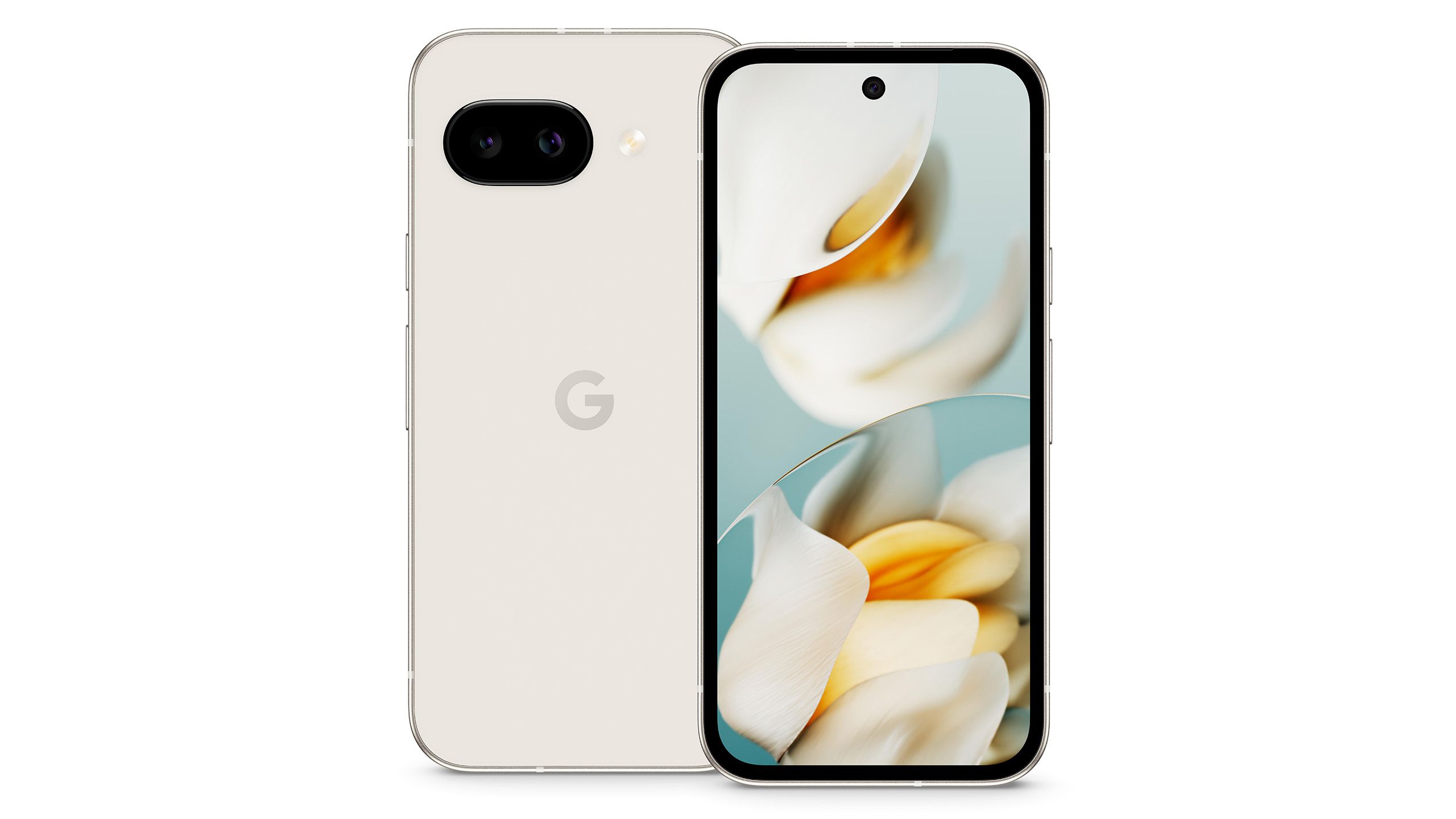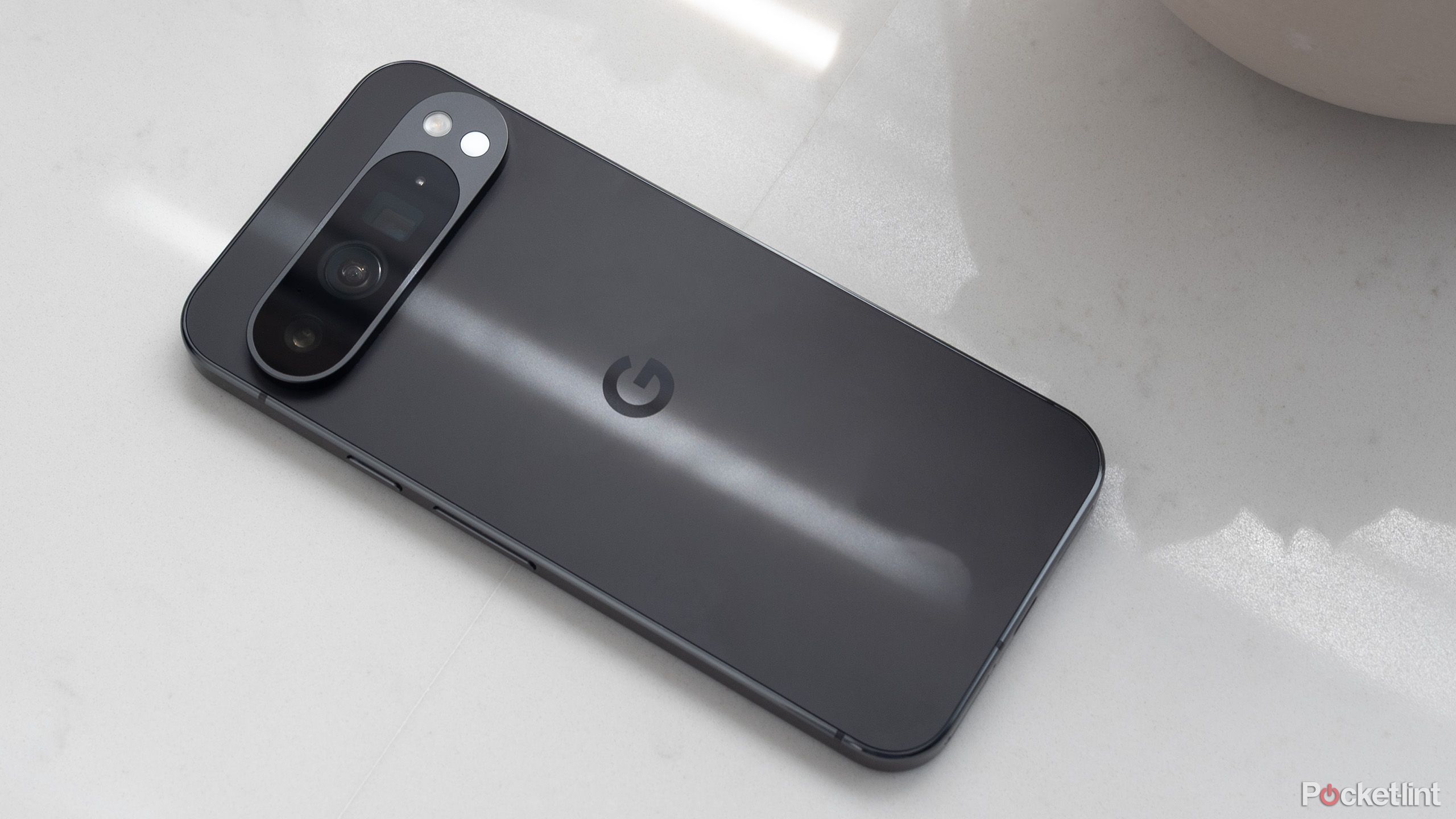Summary
- Both Apple and Google have converged on similar smartphone user interfaces.
- Android’s Sharesheet can predict what apps you’ll want to share with, but customization can make it even better.
- You can actually pin or favorite the apps you use most in the Sharesheet.
Both Apple and Google have converged on some similar ideas about how smartphones and smartphone operating systems should work and what they should be able to do. That covers more existential ideas (a smartphone is meant to be a good camera, for example) to basic and more fundamental ones. Like if a phone doesn’t have a home button, you should be able to swipe up to get back to your apps. Or that a long press on anything on-screen should reveal contextual menus with more information and actions. Or that the Sharesheet or sharing menu should do its best to predict what people and apps you want to share with.
When these kinds of machine-learning-powered insights work, it can feel almost magical. But when they don’t, you’re left swiping through menus to get at what you need. In 2025, Android isn’t all that intimidating to use, but there are likely a few ways you aren’t customizing your experience for your benefit. You might already like how your phone works, but you can make it better with only a few tweaks. When it comes to sharing, here’s how you can send content between apps on your phone as simply as possible on Android.
Almost everything uses the Sharesheet
It’s the default way for transferring images, links, and other data to contacts and apps
Other than sending links to friends and work colleagues, the main reason I interact with the Sharesheet on my Pixel 9 is because I’m trying to save something for later. I’ve tried relying on Pixel Screenshots to remember a game I want to buy or an article I want to come back to, but I’ve found it’s just easier to share things with apps that I’m already using regularly, like Keep for notes and Readwise Reader for articles and PDFs I want to digest later.
I’m aware of how to set up the sharing menu on iOS, and as it turns out, it’s remarkably simple to do the same thing on Android.
Android’s Sharesheet tends to do an alright job predicting what app I want to interact with and share things too, but the few times it hasn’t proven to be very annoying. More than that, though, as a fair-weather Android fan — an iPhone 16 is technically still my daily driver — I feel like the operating system is flexible enough that I could remove these issues entirely. I’m aware of how to set up the sharing menu on iOS, and as it turns out, it’s remarkably simple to do the same thing on Android.
You can pin and arrange the apps on your Sharesheet
The apps you turn to every day can be a tap away
Unless you spend time poking around the menus of your Android phone, you might not have noticed that there actually is a built-in option to customize the Sharesheet to your liking. Any of the individual apps you use most can be pinned to the top of the Sharesheet for easy access.
To set it up for yourself:
- Open an app you commonly share things from (or any app with a Share button for that matter).
- Tap on the Share button.
- Long press on the icon of whatever app you want to pin on the Sharesheet.
- Tap “Pin” on the pop-up that appears.
The app should now be pinned so that you can quickly access it when you need to share something. In my case, that means that rather than relying on the Sharesheet to guess the app I’m trying to share a link to, I can just pick my preferred choice.
The process of unpinning an app is similarly simple. Just long-press on the app icon and tap on unpin.
If you’re on a Samsung phone running One UI 7 or newer, the experience isn’t identical, but it is equally straightforward. To modify your Sharesheet on your Galaxy S25 or other Samsung phone:
- Open an app you share things from (or that features a Share button).
- Tap on the Share button.
- Scroll through the apps at the bottom of the menu and tap on “More.“
- Tap on the “Pencil icon” in the top right corner to edit your favorites.
- Select the apps you want to add to your favorites by tapping on them.
- Tap on Done.
Now the apps you share things with most often should be in your favorites so that you can easily tap on them when you need to.
Android is easier to use than it’s ever been
There still might be features you’re not taking advantage of
Little features like these feel silly to care about, especially if you’ve already run into them, but they can change how you use your phone in subtle ways. If you can customize things to fit you better, at no additional cost, shouldn’t you?

- Brand
-
Google
- SoC
-
Tensor G4, Titan M2
- Display
-
6.3-inch 1080 x 2424 pixel resolution pOLED, (422.2ppi), 60-120Hz variable refresh rate, 1,800 nits (HDR), 2,700 nits (peak brightness)
- RAM
-
8GB
Google’s Pixel 9a is a midrange take on the company’s flagship Pixel 9 features, including the Tensor G4 chip and the company’s excellent camera experience.
If you’re looking for other ways you can improve your experience of using Android, Pocket-lint has a guide on how to get the most from Google Messages, and a great look at how you can leverage widgets to make your phone more useful.
Trending Products

ASUS 22â (21.45â viewable...

Thermaltake Tower 500 Vertical Mid-...

HP 330 Wireless Keyboard and Mouse ...

HP 24mh FHD Computer Monitor with 2...

ASUS Vivobook Go 15.6” FHD Slim L...

Acer Aspire 5 15 Slim Laptop | 15.6...

HP 27h Full HD Monitor – Diag...

HP 15.6″ Portable Laptop (Inc...








